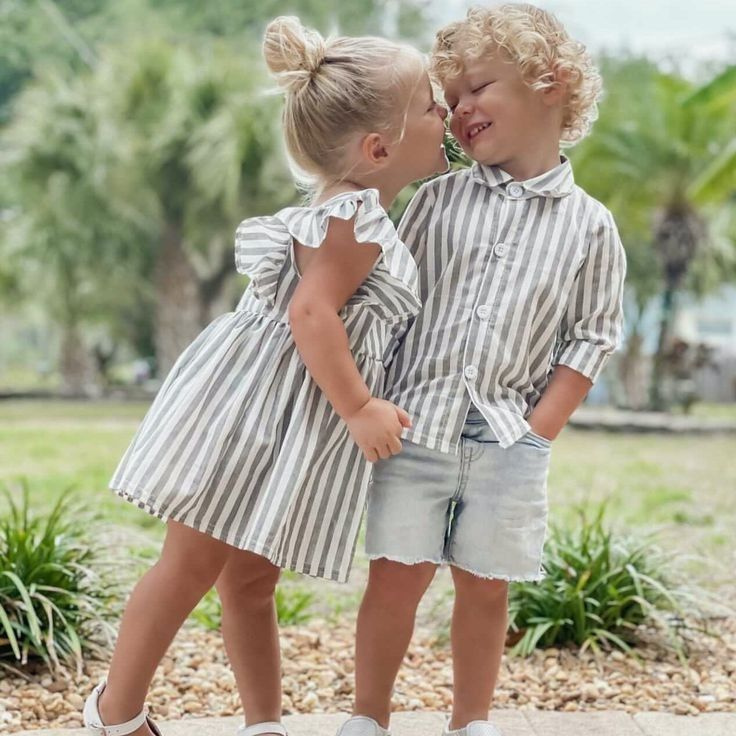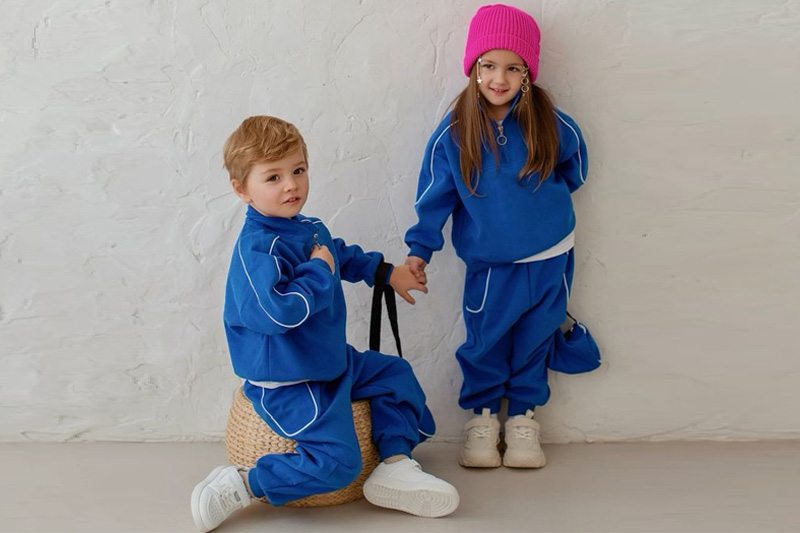Let’s be real—starting a kids’ clothing brand isn’t just about cute sketches and trendy ideas. It’s also about the gritty, behind-the-scenes work, like making samples. Yep, those first few pieces you create before mass production. They may seem small, but trust me, they carry a lot of weight in how your final collection turns out—and how your brand is perceived.
Sampling is a critical step for children’s clothing start-ups because it transforms creative ideas into real, testable products. Through samples, brands can fine-tune fabric feel, fit, stitching, sizing, and trims before full-scale production. This process also helps identify potential issues early, build trust with manufacturers, and present a tangible vision to buyers or investors. Skipping samples risks costly mistakes and miscommunication.
Sampling isn’t just a checkbox. It’s where vision meets reality—and where you prevent future headaches.
How can sampling bring our vision to life before full production?
There’s something magical about holding the first real piece of clothing you designed. It’s no longer just in your head or on paper—it’s real.
Sampling gives start-ups the chance to turn designs into physical garments, test them, and make changes before committing to full production. It lets you see how the fabric moves, how the garment feels, and whether the style actually works in real life.
Sometimes, what looks amazing in a tech pack just doesn’t work on a toddler who’s crawling at full speed.
Seeing is believing—and tweaking
When I was working with a new brand from Sydney, the founder was convinced her oversized hoodie would be the bestseller. But once we sampled it, the sleeves dragged way too long on a 4-year-old. That sample saved her from manufacturing 1,000 “trendy” hoodies kids couldn’t wear comfortably.
Sampling gives you that reality check before mistakes get expensive.
Here’s what you can actually see and feel in a sample:
- Fabric behavior: Is the cotton too stiff? Is the stretch jersey losing shape?
- Fit: Does the sizing chart translate well to real kids?
- Color match: Is that "dusty rose" more like muddy blush?
- Construction details: Are those inner seams smooth enough for sensitive skin?
It’s not about perfection on the first try—it’s about building a strong foundation.
Why do fit and fabric tests matter more than we think?
Fit and fabric may not be flashy, but they’re deal-breakers when it comes to what parents buy again—and what kids actually wear.
Fit and fabric testing during the sampling stage ensures that your clothes are not only stylish but also wearable, washable, and safe for children’s skin. By testing sizing, movement, and feel, you avoid returns, discomfort complaints, and brand damage.
Fit isn’t just about measurements. It’s about real movement—playgrounds, nap times, lunch spills.
Can early samples help avoid costly mistakes down the line?
Yes, yes, and one more time—yes. Early samples are like dress rehearsals for your production run.
Sampling helps identify issues early—like shrinkage, faulty zippers, or stitching flaws—that would be much more expensive to fix post-production. It reduces waste, avoids recalls, and protects your budget and brand reputation by catching mistakes before they go big.
Imagine launching your first collection and realizing your neck openings are too tight. Now imagine fixing that... after 2,000 pieces are boxed.
Is this our chance to refine every detail—from stitching to snaps?
Absolutely. Sampling is where your attention to detail can shine—and it shows your factory you're serious about quality.
Samples give you a chance to perfect stitching types, snap placements, fabric tags, and finishings. It’s the stage where you test every element and communicate clearly with your manufacturer before bulk production.
In kidswear, tiny details really matter. A misplaced button isn’t just ugly—it could be a choking hazard.
What can you test in samples?
| Detail | Why It Matters |
|---|---|
| Stitching | Comfort, durability, and visual appeal |
| Elastic stretch | Will it survive jumping jacks and washing? |
| Labels | Scratchy or soft? Positioning matters. |
| Snaps and zippers | Easy for parents, safe for kids |
| Hem finishes | Raw edges fray. Clean finishes elevate the brand. |
Refining these details in sampling shows professionalism—and builds trust with your factory team.
How do samples help us build trust with factories and future customers?
Sampling isn’t just for you—it’s also how your factory understands your expectations, and how your customers or retailers preview what you stand for.
By investing in samples, start-ups show factories they are serious partners, leading to better communication and reliability. Samples also help pitch collections to buyers or early customers, giving them something tangible to feel, test, and get excited about.
It’s not just cloth and thread—it’s your brand’s first impression.
Conclusion
If you're serious about building a kidswear brand that lasts, start by getting your samples right. They’re not optional—they’re essential.
At Taian Lianchuang Textile Co., Ltd, we believe sampling isn’t just a process—it’s a promise. A promise that what you dream, we can help you create—one soft, durable, tested piece at a time.



